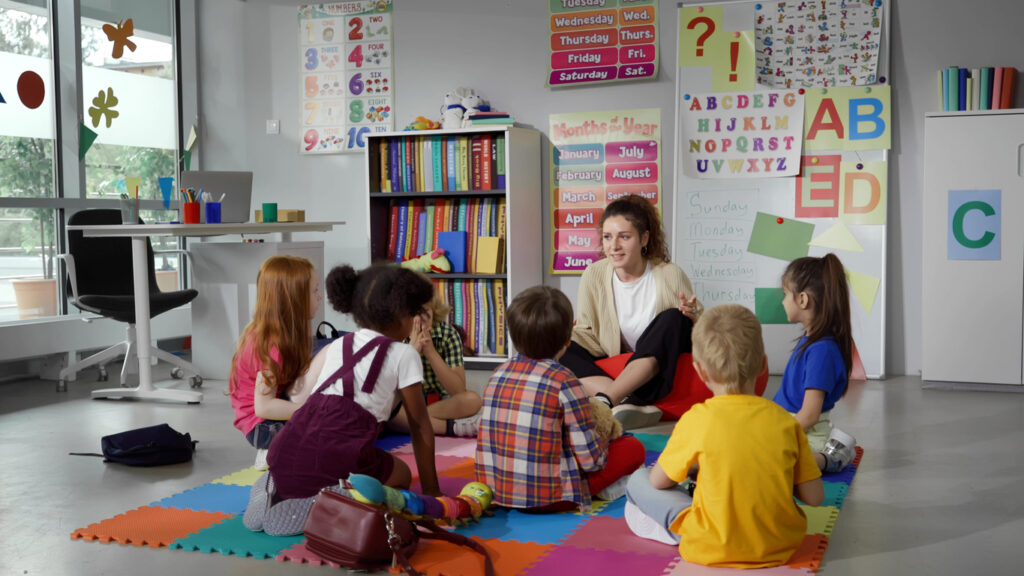There is frequent confusion surrounding Discrete Trial Training (DTT) and Applied Behavior Analysis (ABA). Many parents and caregivers hear “ABA” and assume this refers strictly to the highly structured approach of DTT. In reality, DTT is just one way to apply ABA methods. By clarifying what ABA encompasses and how DTT fits within it, we can better understand the variety of strategies available for helping individuals with autism learn and grow.
Understanding the Core of ABA
ABA draws upon the science of behaviorism to encourage or reduce specific actions based on the consequences that follow them. It centers on a three-part process: an antecedent (the event or instruction that occurs first), the behavior (the individual’s response), and the consequence (the outcome or reinforcement). A simple illustration is feeling hungry (antecedent), eating (behavior), and experiencing relief or satisfaction (consequence). Receiving a positive outcome makes it more likely that the same behavior will happen again under similar conditions. This concept applies in many daily scenarios. Parents often use these principles without realizing it. Whether it involves offering extra screen time for good study habits or placing a child in time-out after aggressive behavior, these actions align with the antecedent-behavior-consequence sequence. While ABA may seem formal when used as an intervention, its basis lies in the ways people naturally learn from both positive and negative outcomes.
What Makes Discrete Trial Training Distinct?
DTT is a structured teaching technique nested within the broader framework of ABA. It involves presenting discrete, carefully separated learning trials in which a child receives a clear instruction, responds, and then immediately experiences a consequence—usually a form of reinforcement or, if necessary, a mild corrective prompt. Rather than using abstract or generalized rewards, DTT typically relies on tangible reinforcers such as stickers, small toys, or snacks. Over time, those may be replaced by more natural motivators like verbal praise. An example might involve teaching colors one at a time. The instructor starts with one color, consistently reinforcing correct responses. Once that color is mastered, the next color is introduced. After each is learned individually, the child is asked to differentiate between them, thereby reinforcing the skill in a more complex way. Therapists and researchers have long relied on DTT to develop language, academic, and social skills in children with autism. Its structured approach and decades of research support have contributed to its lasting popularity.
Real-Life Examples of DTT
- Teaching a child to request a snack
When a child is learning to request a snack using a simple word (e.g., “cracker” or “juice”) or a gesture, DTT breaks this skill into small, manageable steps. The instructor might first model the word or gesture, then immediately reinforce any correct attempt—even if it’s not perfect. Over time, prompts are reduced until the child can confidently request the snack on their own. Eventually, the single word may progress into short phrases like “I want juice,” broadening both vocabulary and independence. - Practicing social greetings
Social skills, such as saying “hello” or offering a handshake, can also be introduced in discrete trials. The instructor provides a prompt—like “Say hello”—and the child’s correct response is rewarded immediately, often with enthusiastic praise or a token. If the child needs extra help, verbal or visual cues might be given at first. Repetition and reinforcement in these short, focused trials help the child internalize the greeting so they can later use it spontaneously in real social settings. - Developing imitation skills
DTT is frequently used to teach imitation of motor actions, like clapping or waving. The instructor clearly demonstrates the action and waits for the child to mimic it. A successful attempt is met with a tangible reward, such as a sticker, or a fun social reward like a high-five. If the child struggles, the instructor may guide their hands to model the movement. Through consistent trials, children learn to attend to and replicate the actions they see, laying the groundwork for more complex behaviors. - Building foundational academic abilities
To teach skills like recognizing letters or numbers, the instructor might present two or more cards and say “Point to A.” Correct identification is reinforced immediately—often with a small candy, a token, or verbal praise. Mistakes prompt a gentle correction and a chance to try again. As mastery increases, the instructor can add more letters or shift from recognition to naming or even spelling, depending on the child’s progress and readiness. - Encouraging self-help tasks
Tasks such as tying shoelaces or buttoning a shirt can be divided into discrete steps. Each step, from picking up the lace to creating loops and pulling them tight, is taught and reinforced separately. Every time a step is performed correctly, the child receives positive feedback like a smile or a quick “Great job!” Once they master every step, they can confidently perform the entire routine, gaining independence and boosting their self-esteem.
Comparing DTT to Other ABA Strategies
Although many people equate ABA with DTT, there are other methods grounded in similar principles. The Early Start Denver Model (ESDM) and Pivotal Response Treatment (PRT) both reflect ABA foundations but rely on more natural or play-based contexts. ESDM often addresses multiple developmental areas simultaneously, weaving teaching moments into everyday activities. PRT focuses on what most motivates the child, using preferred items or activities as reinforcement. Regardless of the strategy, the essential ABA cycle remains in place. The main differences involve the type of reward offered and the degree of structure applied in each session. Some children thrive under DTT’s predictable format, learning skills step by step. Others respond better when teaching occurs spontaneously during play or daily routines. Many practitioners blend these techniques, using DTT when a child first needs a highly methodical approach and transitioning to more natural environments once initial skills are in place.
Ready to Take the Next Step with ABA?
If you’re looking for a supportive team that puts your child’s needs and well-being at the forefront, The Helm ABA may be the perfect fit. Located in Lewisville, Dallas, Allen, and Irving, The Helm ABA is committed to a child-first approach that blends evidence-based strategies with compassionate care. Our dedicated professionals strive to create an environment where children can thrive, learn vital skills, and reach their full potential. Contact us today to learn more or schedule a consultation.
Frequently Asked Questions
Is DTT the same as ABA?
No, DTT is simply one method of applying ABA. ABA is the overarching science of examining and shaping behavior through antecedents and consequences, while DTT is a structured, trial-based approach within that science.
Why do people often mix up DTT with ABA?
Early autism programs heavily relied on DTT, so many families came to identify ABA exclusively with this method. Today, multiple strategies (including DTT, PRT, and ESDM) all fall under ABA, but DTT remains the most recognized and historically established.
How can DTT help my child learn new skills?
DTT systematically breaks large goals into smaller tasks, making it easier for children to practice, understand, and master each component. Consistent reinforcement for correct responses strengthens the targeted skill, leading to steady progress.
Are natural or playful approaches also considered ABA?
Yes, as long as they employ the antecedent-behavior-consequence framework, they fall under the umbrella of ABA. Methods like ESDM and PRT are often referred to as naturalistic because they incorporate teaching moments into everyday activities, but they still use evidence-based principles from ABA.
Should families use DTT at home?
Families can learn DTT techniques, but it is generally recommended that they receive professional guidance on how to apply them. Working with an experienced clinician or BCBA ensures that each trial is structured, data is tracked, and reinforcement is applied effectively to support long-term success.




